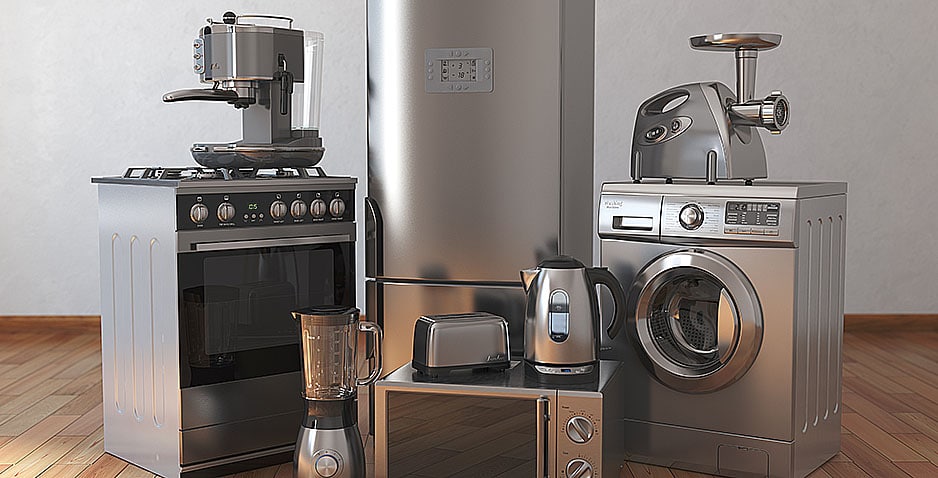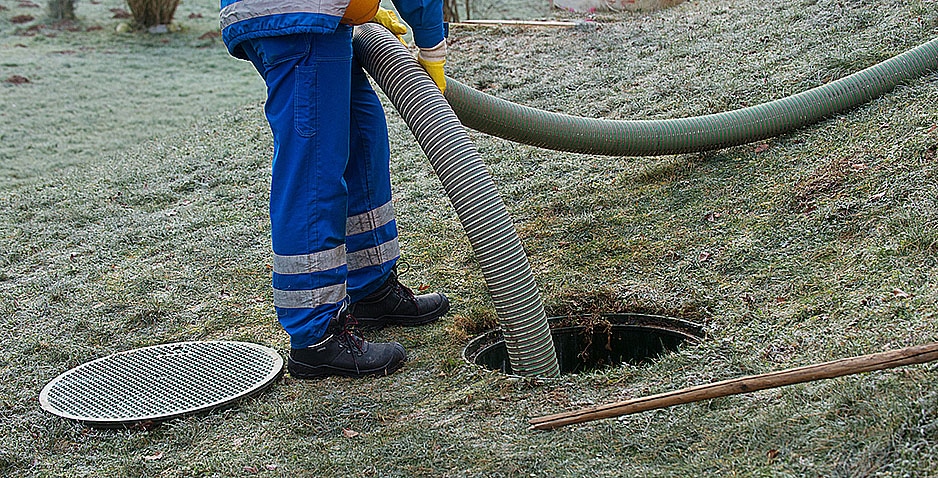Washing machines play an important role when it comes to removing dirt from clothes and save quite a bit of time and effort. Although, there are several different types of washing machines out there but all function more or less the same. And just like every other household appliance, they are prone to complications as well and need the attention of an appliance repair technician. One of them is the washing machine not draining. Let’s take a look at the causes along with the fixes to help you troubleshoot the issue.
Drain Hose Problems
The first thing you need to keep in mind while troubleshooting the washer is that while the clothes are being washed, the fibers from the clothes can clog certain parts such as the drain hose. For instance, if you observe that the water pump inside the machine is working but the water is not draining, it is most likely that the rubber drain hose running from the back of the machine to the washtub or drain standpipe is clogged.
This usually happens when you wash items like rugs that have a lot of fibers that are thick too. So, if the drain is clogged, it won’t allow the water to leave the machine. The best way to make sure is to remove the drain hose and check if it’s clear. Blow air through it and if it blows through without any issues, it means the drain hose is working fine. However, if it doesn’t, it means it is clogged.
Moreover, it can also be that the drain hose needs replacement as it could have become badly damaged or worn out after years of use.
Drain Pump Problems
If you observe that the drain pump is functioning but is struggling, it means there may be a piece of fabric or another item that is stuck and is impeding its performance. To inspect the washer, you will need to shut off and unplug the machine. Next, you will need to consult the user’s manual to get access to the pump. It might be that the pump is clogged or the clog is located in the corrugated tube leading to the pump.
Having removed the covers to get access to the pump, you will also come across a filter screen. Make sure it is not clogged and clean it if it is. And if the machine is quite old, you should consider replacing the filter.
Furthermore, the location of the water pump may vary from washer to washer. For top-loading machines, you’ll find pump at the back of the machine. Moreover, for a front-loading washer, the pump is right at the front.
Use water to clean the filter screen. Plus, check the impellers to ensure they are moving freely. And finally, if you observe that the pump simply fails to work after all the cleaning and troubleshooting, it means you will need a replacement.
Drive Belt Problems
Water pumps do not operate on their own. Instead, they use a drive belt that rotates it. This belt is usually made of rubber and wears out with time. If the belt needs replacement or is not tight enough, the machine will have a hard time draining the water. Then again, you will need to remove some panels and turn the machine over to examine the belts.
Lid Switch Problems
The door or the lid on the washer comes with a small plastic switch that senses when the door is shut and informs the machine to begin the process. If the switch is faulty, it will not be able to communicate with the machine properly which will prevent the machine from operating. To diagnose the issue, open the door while the machine is running, press the switch by hand and listen to a clicking sound. If you do not hear it, it means the switch is faulty. You should repair or replace the lid switch.
Final Word
Troubleshooting a washing machine that is not draining can be tricky. However, following the tips mentioned above, you are most likely to solve the issue and even then, if you turn out unsuccessful, you should connect with a washer repair Springfield expert to get it fixed.



